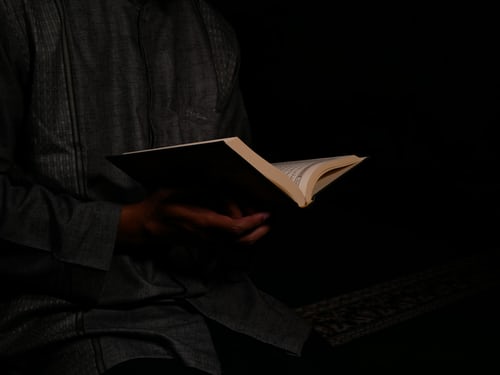Inspiring Older Readers
 posted on 06 Jul 2017
posted on 06 Jul 2017
What I Loved by Siri Hustvedt
I had a very curious experience over the weekend. I reread Siri Hustvedt’s novel, What I Loved.
It is one of the most ambitious and densely imagined novels I have read in years (it was first published in 2003). It is superbly well-written, unapologetically cerebral and has a fascinating setting – the downtown New York art scene of the Seventies and Eighties – and yet I found it utterly uninvolving. I’m writing this piece to try and find out why.
The novel records the lives of two bohemian families who live above each other in downtown lofts on Greene Street in Manhattan’s Soho. One family – that of the narrator, Leo Hertzberg – is academic; the other is that of a mixed media and conceptual artist, Bill Wechsler.
To read the first third of the book is to be immersed in such a deeply imagined world – “the everyday in all its dense particularity”, I think Hustvedt says at one point – that one can see and almost smell and hear the downtown streets. It really is quite extraordinary and I can’t think of anything else I have read recently that achieves the intensity of imagination that Hustvedt does. She even imagines – and moreover painstakingly describes – a changing and developing body of work for Wechsler.
The remaining two-thirds of the book are rather different. It switches mood and focus and becomes darker; tragedy, obsession and disillusion move centre stage. Matthew, the Hertzbergs’ son is killed in a freak boating accident at summer camp; Mark, the Wechslers’ son, emerges gradually as an anti-social personality, a heavy drug user, a compulsive liar and a thief – damaged somehow beyond repair, despite his doting parents and the advantages of a richly cultured and cultivated middle class family life. He falls in with a sinister and controlling young man called Teddy. Teddy may merely be a clever chancer – a fantasist and performance artist who has seized the moment when the New York art world is desperate for the fashionably new, the next art-genius from beyond the margins; or he may be guilty of sexual murder. Following the sudden death of Mark’s father, the rest of the book concerns Leo Hertzberg’s repeated attempts to rescue Mark – to save him from himself – and return him safely to his widowed stepmother.
As I say, as well as imagining an entire art world for the novel to inhabit, Hustvedt also imagines the inextricably interwoven lives of two families, along with a considerable cast of other minor characters. But what marks the novel out and distinguishes it from the other family saga-type novels it might have been is Hustvedt’s ability to embed these shared domestic lives in such a particular intellectual milieu.
So why was reading it such hard work? I think in part because the novel plays with – and undoubtedly seeks to subvert or extend – a number of different genres. It is part art history, part novel of ideas, part family saga, part psychodrama, part sinister urban thriller, part sociological treatise and part erotic mystery. But rather than ratcheting up the tension, this eventually becomes merely fatiguing. And the last two-thirds of the book – in which thrillerish suspense is meant to interweave with the academic, social, artistic and cultural ideas that have fuelled the narrative thus far –somewhat loses its way and is at least thirty or forty pages too long.
But the biggest problem is that the world of What I Loved is so meticulously and claustrophobically imagined that it feels as if every shred of life has been choked out of it. There seems almost no space for the reader to bring anything to the book – our stamina is required, true, and substantial assumptions are made about what we know of twentieth century movements in art and the dense swirl of cultural ideas, but beyond this the reader seems almost unnecessary.
Novels convince us – and move us – to the degree to which they manage to break free of the writer’s mental space, the degree to which they become mysteriously alive. And What I Loved has everything except that strange, inexplicable spark of life. I said earlier that I couldn’t remember when last I had read such an ambitious novel that turned out to be so inert and uninvolving. Well, I’ve just remembered. It was a feeling I used to have repeatedly when I read Iris Murdoch’s late novels of the 80s and 90s – they too were long, hermetic affairs, increasingly laboured, with that febrile, almost choking atmosphere that derives from almost superhuman effort expended to obscure purpose.
But most reviewers raved about What I Loved, so perhaps I’m wildly wrong. Give it a try and see what you make of it. Love it or hate it, it won’t be time wasted.
Alun Severn
July 2017